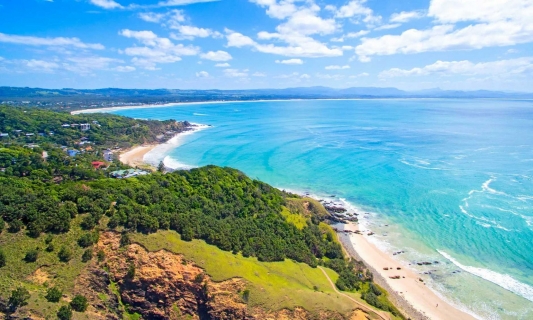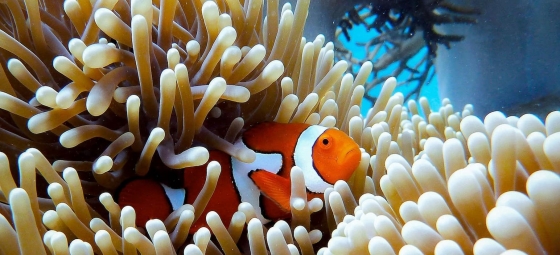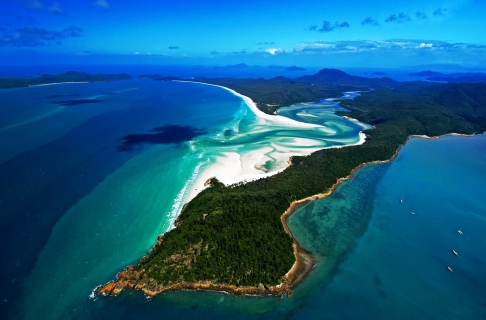Noosa Heads Weather and Climate: A Comprehensive Guide
Noosa Heads has a humid subtropical climate which is typical of South Queensland. Summers are generally hot, but moderated compared to areas on similar latitudes elsewhere. Winters retain warm days, but have cooler nights. There is no dry season and precipitation is generally quite high.
Average maximum day and minimum night temperature
In Noosa Heads, seasonal changes bring about a moderate variation in temperatures. On average, daytime temperatures range from a comfortable 29°C in January to a pleasant 21°C in July.
Nighttime temperatures can drop, with average lows reaching 13°C in July. Check out our detailed temperature page for more information.Temperature ranges by month
Precipitation and rainy days
Noosa Heads is known for its substantial rainfall, with annual precipitation reaching 1089 mm. The seasons in Noosa Heads, bring significant changes in precipitation. The wettest month, February, receives heavy rainfall, with an average of 169 mm of precipitation. This rainfall is distributed across 14 rainy days. In contrast, the driest month, July, experiences much less rainfall, totaling 45 mm over 7 rainy days. These distinct seasonal differences provide diverse experiences throughout the year. For more details, please visit our Noosa Heads Precipitation page.The mean monthly precipitation over the year, including rain, hail and snow
partly cloudy and no rain clear and no rain partly cloudy and thunderForecast for Noosa Heads
Select a Month of Interest
Check the conditions for any month of the year.
The best time of year to visit Noosa Heads in Australia
During the months of April, May, June, July, August, September and October you are most likely to experience good weather with pleasant average temperatures that fall between 20°C and 26°C.Other facts from our historical weather data:
January has an average maximum temperature of 29°C and is the warmest month of the year.
The coldest month is July with an average maximum temperature of 21°C.
February tops the wettest month list with 169 mm of rainfall.
July is the driest month with 45 mm of precipitation.
No idea where to travel to this year? We have a tool that recommends destinations based on your ideal conditions. Find out where to go with our weather planner.




